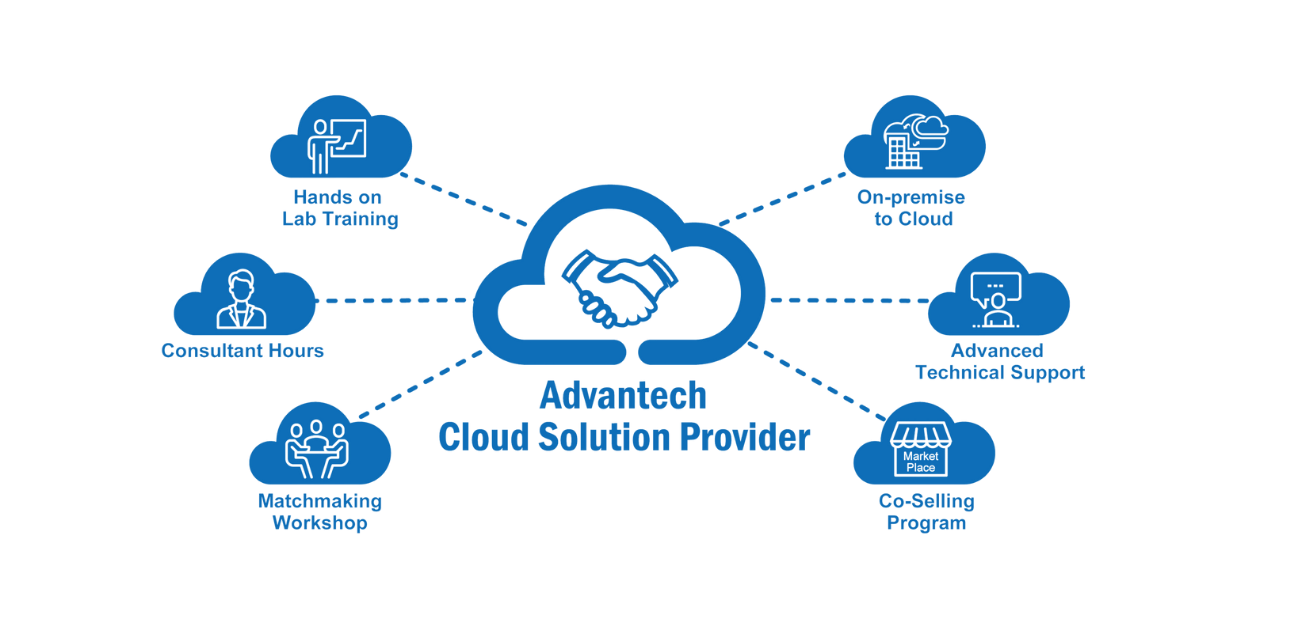LinkDaddy Cloud Services Proficiency: Advanced Techniques for Efficient Cloud Services Press Release
LinkDaddy Cloud Services Proficiency: Advanced Techniques for Efficient Cloud Services Press Release
Blog Article
Simplify Your Framework With Cloud Services
As services navigate the ever-evolving landscape of innovation and data monitoring, the role of cloud services in streamlining facilities has become progressively noticeable. Just how can services properly browse this shift and genuinely open the potential of cloud solutions for simplifying their infrastructure?
Advantages of Cloud Solutions
Cloud solutions supply a streamlined method to handling IT facilities, supplying services with versatility, scalability, and cost-efficiency. One of the key benefits of cloud services is the scalability they supply.
Furthermore, cloud solutions eliminate the demand for services to buy costly software and hardware. This cost-efficiency is a substantial advantage, particularly for tiny to medium-sized enterprises wanting to decrease in advance prices. By utilizing cloud services, services can access high-quality IT resources without the large price tag related to typical facilities arrangements.
In addition, cloud services give services with the versatility to access their information and applications from anywhere with a web connection. This degree of ease of access boosts collaboration among teams, allows remote work, and boosts total efficiency. The versatility provided by cloud solutions empowers organizations to adapt rapidly to changing market problems and customer needs.
Cost Financial Savings and Scalability
In addition to the functional advantages highlighted previously, the assimilation of cloud services right into a firm's facilities yields significant price financial savings and enhanced scalability. Cloud solutions provide a pay-as-you-go version, permitting organizations to range sources up or down based upon current needs, consequently preventing the expenses connected with preserving excess capacity. This flexibility enables business to adapt swiftly to fluctuating demands without sustaining unnecessary expenses.
In addition, cloud services eliminate the need for ahead of time investments in software and hardware, reducing resources expenditures. Operating costs are also reduced as business no longer need to manage and keep physical web servers, causing reduced energy consumption and IT staffing expenses. In addition, cloud services provide automatic updates and maintenance, ensuring that the facilities remains protected and updated without requiring hands-on interventions.
Enhanced Protection Measures
Carrying out rigorous safety procedures is critical when integrating cloud services right into a business's infrastructure to make sure and guard delicate information conformity with market laws. Cloud service carriers supply boosted security features such as data file encryption, firewall software defense, and multi-factor authentication to reduce cybersecurity threats.
Moreover, routine safety and security audits and compliance analyses aid determine vulnerabilities and ensure adherence to sector criteria. Companies can likewise gain from functions like automatic protection updates and real-time hazard surveillance given by cloud company. By prioritizing protection steps and remaining aggressive in attending to prospective threats, services can with confidence leverage cloud services while shielding their valuable data from unapproved access or violations.
Transitioning to Cloud Framework
To successfully incorporate cloud solutions into a company's framework, an organized approach that deals with the change in the direction of cloud-based options is vital. Transitioning to shadow facilities entails mindful preparation and execution to make sure a smooth movement process. The primary step is to evaluate the current framework and identify which applications and systems are ideal for movement to the cloud. This analysis ought to take into consideration elements such as data level of sensitivity, conformity needs, and efficiency demands.
When the assessment is complete, a migration approach ought to be developed. This approach needs to outline the timeline, sources, and duties for relocating each component to their website the cloud. It is necessary to connect this strategy clearly to all stakeholders to make sure placement and decrease interruptions during the transition.
During the migration process, tracking and screening are crucial to determine and attend to any kind of concerns without delay. Normal checkpoints should be developed to track development and make required changes. In addition, training for employees on making use of cloud services should be offered to make sure an effective change and take full advantage of the benefits of the brand-new infrastructure.
Best Practices for Cloud Fostering
Successful fostering of cloud services rests on the calculated placement of organization purposes with technological abilities and organizational readiness. To make sure a smooth shift to the cloud, organizations must start by conducting an extensive evaluation of their existing framework and determining which work are best fit for cloud migration. It is crucial to involve crucial stakeholders from different departments in the decision-making process to gain buy-in and resolve any issues at an early stage.
An additional ideal practice for cloud adoption is to focus on safety and conformity. Organizations should thoroughly assess the safety and security procedures used by cloud company and guarantee that their data is shielded according to sector criteria and governing requirements. Executing durable information file encryption, gain access to controls, Visit Your URL and regular security audits can assist alleviate dangers connected with cloud adoption.

Final Thought

As businesses browse the ever-evolving landscape of modern technology and information management, the role of cloud solutions in simplifying infrastructure has become increasingly prominent - universal cloud Service. How can companies he has a good point properly browse this shift and genuinely open the capacity of cloud services for streamlining their facilities?
Cloud solutions provide a structured technique to handling IT infrastructure, supplying organizations with cost-efficiency, scalability, and versatility. By using cloud services, organizations can access high-quality IT sources without the substantial rate tag connected with traditional facilities setups.
To guarantee a smooth transition to the cloud, companies must begin by conducting an extensive analysis of their current infrastructure and recognizing which workloads are best matched for cloud migration.
Report this page